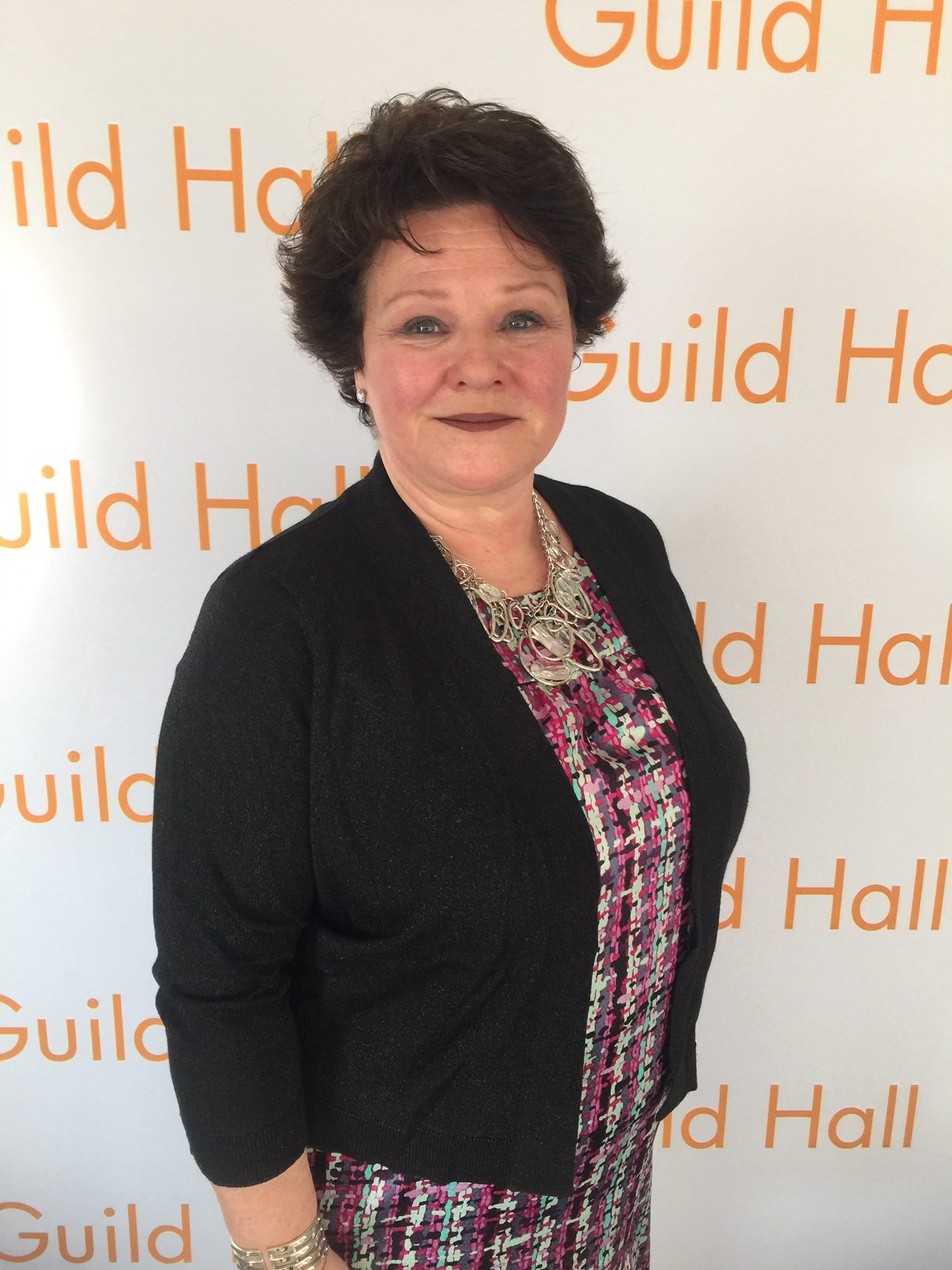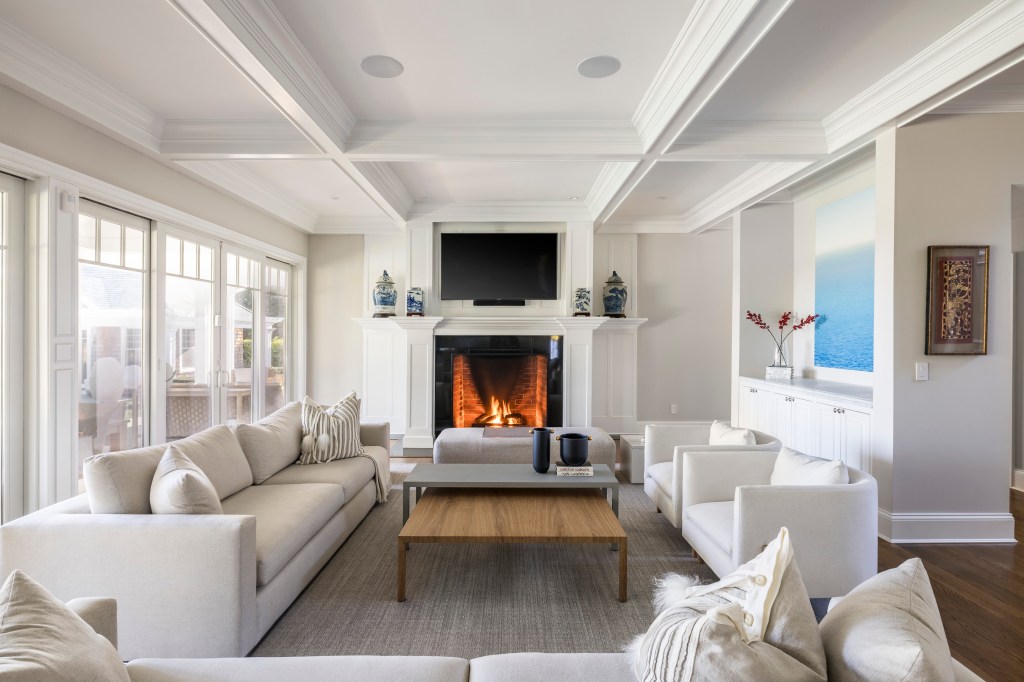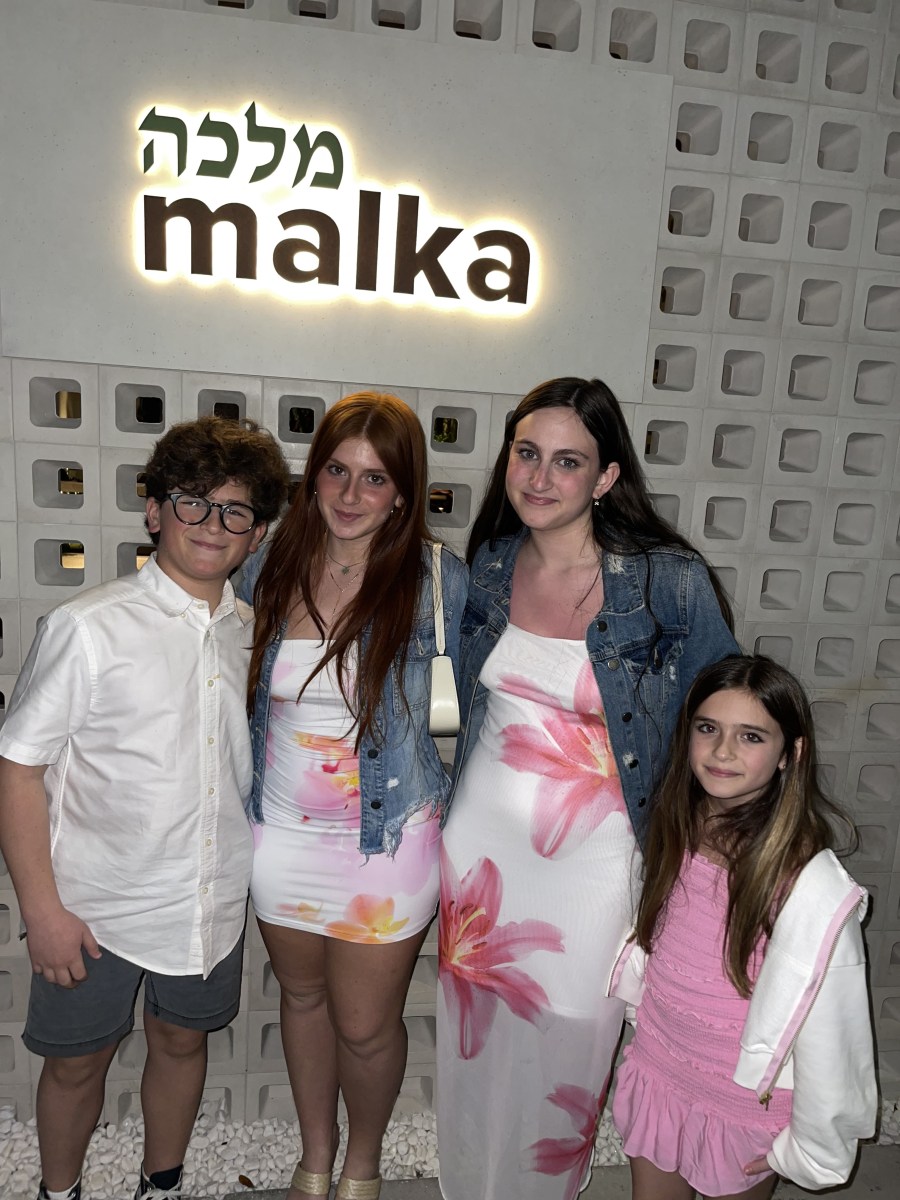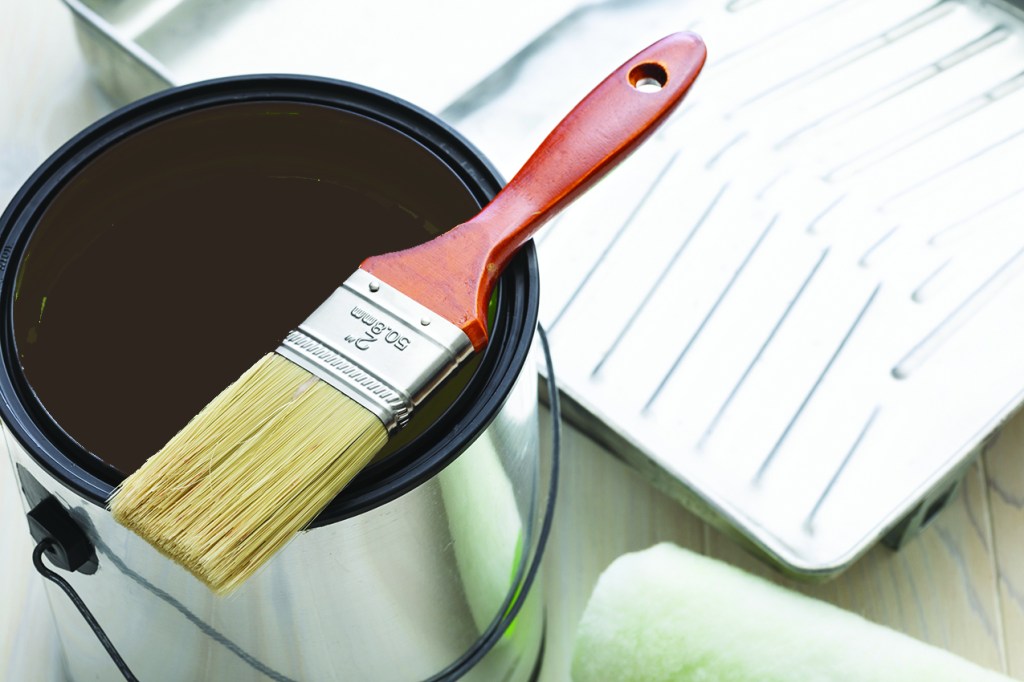Zooming In On Artists And Their Work


Christina Strassfield, the Museum Director and Chief Curator of Guild Hall in East Hampton, like most people during this pandemic, has been adjusting to the virtual world. She shares with The Independent all that she is doing to turn a difficult situation for Guild Hall and artists into a positive one through her virtual studio visits.
How are you doing with all that is happening in the world right now?
It’s been such a crazy time. I think about 2020 and it’s surreal. Starting out with an almost war and fires and this COVID and now this racial upheaval. It’s so sad. It’s very disheartening at times but we have to keep going, one day at a time, and I think that’s all we can do.
Well, you’re doing some positive things, right?
Well, that’s what we hope. We hope we are doing something positive. We feel that we’re trying to service the community who has supported us all these years and I think the feedback has been very positive, so we are pleased. It’s a lot of work and it’s hard to do things remotely and all the meetings on Zoom and trying to get our restart going so that hopefully when faced with what happens, we will be live. So, there’s a lot of different issues playing simultaneously.
Tell us about your studio visits:
These are real studio visits. Because we’re very small staffed and I’m basically the only full-time person for the museum, when I do a studio visit, it’s usually at least three or four hours that you’re out of the office by the time we get there, do the visit, and get back, it’s hard. So even though it’s one of my favorite parts of the job, I don’t get to do it as much as I want to.
It’s always better to actually see the works in person. It’s been nice connecting with a lot of artists. I feel really positive about it and I’m going to try to maintain doing this virtual studio. I think it’s very helpful because then I can always do a follow up at a later point.
I think after being cooped up for two months with just doing a lot of the virtual stuff, people are going to be itching to get out. Hopefully with some of the sanctions lifted soon, I think that there will be some more opportunities. Unfortunately, museums are in stage four, which is the last stage of opening, so we don’t know how that’s going to play out, but we’re playing it by ear and trying to analyze the data every week — how many people have opened things, how many people have participated — and see what we want to keep and what we want to adjust.
So, let’s say I’m an artist and I book a 30-minute visit with you. Walk me through that visit.
What people usually do is they walk me around the studio. So, they’ll go to individual pieces that they’ve just started working on . . . some artists choose to do things chronologically, like “This is an earlier piece of this, and this is where I finally ended up” and so it’s a wonderful dialogue where I can ask some questions. I think each time I’ve done it so far, the dialogue has been very satisfying for them and satisfying for me as well, because I’ve gotten to really understand a little bit more about their work and about the process.
That’s why I love the member show because we had 435 entries and it’s a great opportunity to see what people are doing from year to year and see how their work has changed, how it’s evolved, how it’s grown, or how it stayed the same. It gives you a nice snapshot.
Tell us a little bit more about the 82nd Artist Members Exhibition.
We have an annual membership and this year was our 82nd year. It’s a show that anyone can participate in who’s an artist and is a member of the Guild. All you have to pay is your membership and then there is a $50 fee to get into the show. Everything that is submitted gets hung. You’re allowed to put in one piece and the only restriction is the size. Then we do a whole installation and every year we invite a guest judge to come in. This year it was Susan Thompson from the Guggenheim Museum and she’s the Associate Curator. It was wonderful because she‘s in charge of making recommendations to their council for purchases of under-recognized works. It’s a great opportunity to have your work seen by a curator like that.
The top prize gets a one-person show three years after winning in the Spiga gallery. There are prizes for best photographs, best work on paper, best mixed media, best representational, best landscape, so, there’s a lot of different prizes. It gives the artist a chance to get exposure and people can come in and can purchase from this show. It’s a 50/50 split between the artist and Guild Hall.
We opened the show and literally a week later we had to close down. But we photographed all 435 pieces from the show and we were able to put them online so that we could sell and people could actually go through the exhibition. You can go to the website, which is wonderful because it gave the artist a lot more exposure. We’re thinking of doing this going forward as an online component to the show. People who can’t make it to the show for whatever reason can still get a chance to see the work, purchase the work, and get a chance to see what the exhibition looks like.
If anybody wants to book a meeting with you, how do they go about doing that?
They can go on the website if they want to do the virtual studio visit. If they want to just reach out to me, they can call or email the museum and I would be happy to respond to them and to set up an appointment to talk to them or answer any questions.
Contact Guild Hall by calling 631-324-0806 or emailing info@guildhall.org.



